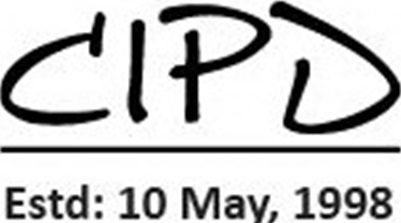Donor: World Bank
The CHT, southeastern part of Bangladesh, comprises of a total area of 5,093 sq. miles (13,189 sq. km) completely different in administrative system, physical features, agricultural practices, soil conditions from the rest of the country with hills, mountains and beautiful landscapes. The region is also unique socio-economically, ethnically and culturally from the mainstream Bengalis with 11 mongoloid indigenous peoples (Chakma, Marma, Tripura, Mro, Bawm, Pankhua, Khyang, Khumi, Chak, Lushai and Tanchangya). The government, however, generally prefers to call them as tribal people. Of course, government documents identify them as hill people, indigenous hill people and indigenous people (IP).
In general the hill people are dependent on agriculture and Jum (slash and burn) cultivation. As Jhum cultivation is not profitable and Government also discourages it, now the hill people turned their livelihood on fruit & cash crop production. It is reported that 50,000 families are engaged in producing more then 200,000 tons of different fruits (pineapple, jack fruit, banana, lichi, mango etc) and cash crops in 42,000 acres of hilly land. The growers don’t get fair price and some time even they could not sell their products. The IP farmers and the growers face the following issues and problems.
a). Lack of proper knowledge of processing, grading, storing and preservation;
b). Ignorance of national policy makers about CHT IPs and CHT peculiarities;
c). Excessive pressure on CHT land by the settlement from outside CHT
d). Deprivation from fair prices and exploitation of middlemen;
e). Lack of participation of CHT IPs in policy formulation;
f). No access to marketing chain of the IP growers;
g). Low productivity and loss of capital;
h). Poverty and frustration and
i). Food insecurity.
This proposed project considers if the above critical issues and problems could be addressed in a systematic way in that case a large number of indigenous women and men of the CHT will be able to get back their confidence for more production and to a permanent settlement. It will help in the peace consolidation process during this post-conflict situation and help people to identify land for modern cultivation instead of Jum and create an opportunity for fair price of their products. As a whole different community will be able to adopt this technique for long range and it will lead them to a better livelihood option. The proposed project is to be executed with the money expected from the World Bank Grants Facility for IPs and for bigger objectives and activities of this project like setting up of modern storage facilities, plants for processing, semi-processing, catching up market within and beyond the country and popularise a CHT brand with a guarantee of good quality foods/products will be sought from World Bank or a suitable donor/funding agency.
a. Research;
1. Mapping of land use pattern, its current use pattern and cropping intensity;
2. Assessment of raw, semi-processed and processed agri-products marketing;
3. Stock taking of local variety, agri-based items, production and indigenous knowledge and practices;
4. Identification of present marketing sources, future opportunities and threats;
5. Assessment of formation of IP chamber of commerce and industries;
6. Assessment/stock taking about cost, brand, types, size of machineries and equipments for processing and semi-processing plants and cold storage;
7. Assessment of market compatibility of raw produces, semi-processed and full processed products;
8. Assessment of registration of CHT brand name and growers’ association(s).
9. Modules development for ToT.
b. Community Mobilization and formation of growers associations
1. Community mobilization and formation of agri-producers associations at village to upper levels and
2. Identification of different market actors, establishing market network and linkage.
c. Skill training on modern agri and fruit cultivation
1. Skill training on improved fruit cultivation and management process;
2. Skill training of nursery growers on modern techniques of sapling production;
3. Skill training on fruit preservation and food processing with value addition;
4. Skill training on fruit marketing techniques (Harvesting, sorting, grading, packaging, transportation etc.).
Services
Under this project 400 fruit growers were trained on fruit production, semi food processing and marketing. 400 fruit growers were enlisted for forming a Growers Association. A study Report on Agriculture & Horticulture Production and Marketing was submitted to World Bank and A training manual on fruit production, management and marketing has been published and circulated.
